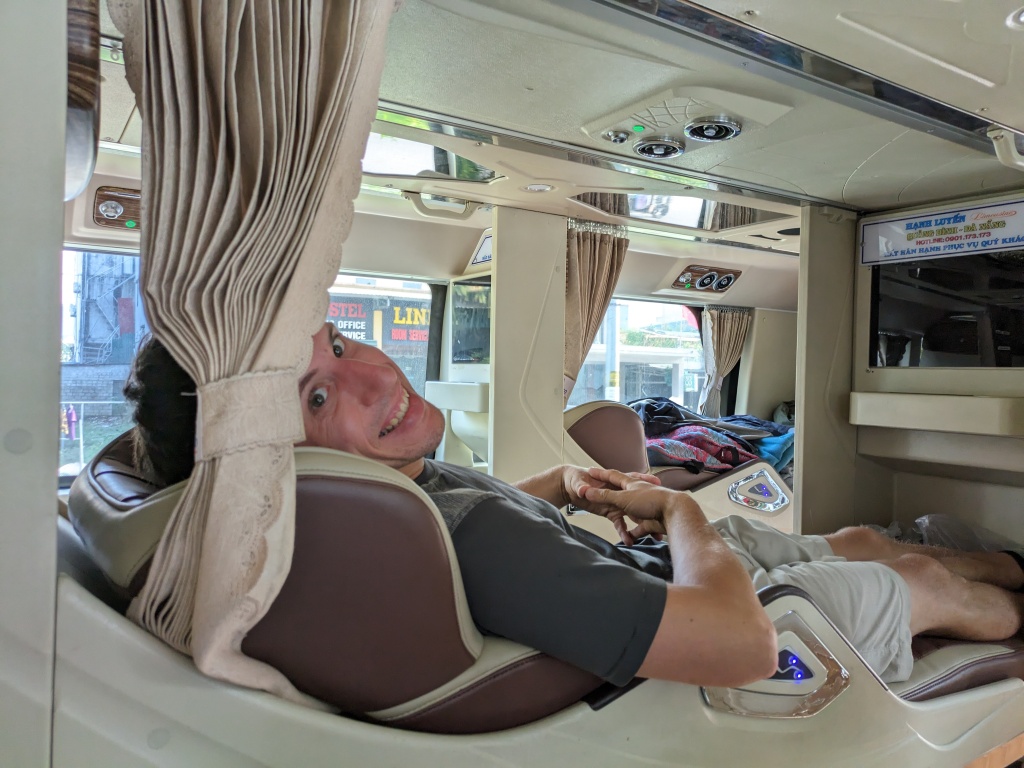Exploring northern Vietnam by bike
Fresh from Cat Ba Island, our next stop in Vietnam was to head south of Hanoi to Ninh Binh, a place sold to us as “Ha Long Bay on Land”. Excited to see more limestone karsts (towers), we took a bus directly from Cat Ba Island (which includes a short ferry crossing) to the neighbourhood of Tam Coc, a fun (albeit touristy) area outside of the main city of Ninh Binh. We stayed at Banana Tree Hostel, a very social hostel located in the tourist-centre of Tam Coc. While the hostel itself had a bit more of a party vibe than we normally go for, the hostel was very nice, featuring a pool, lots of lounge chairs, a ping-pong and pool table, and an onsite restaurant and bar, and also offered a host of services, such as bike and motorbike rentals, local tours, and bus booking for onwards travel.
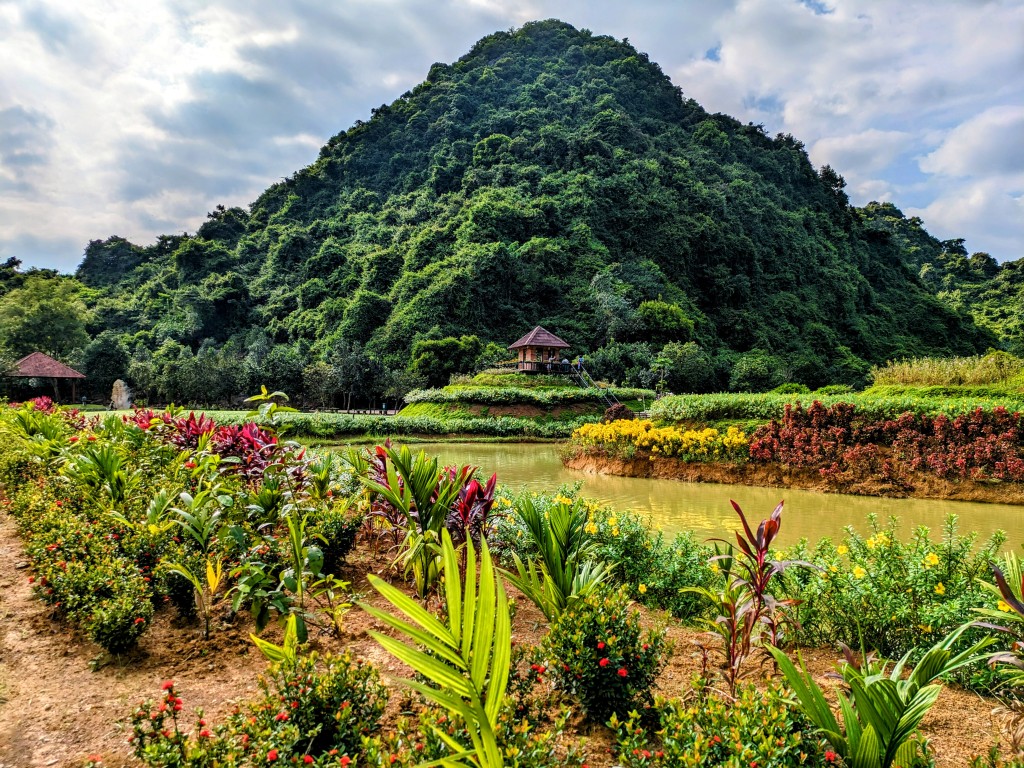
On our first day in Tam Coc, we grabbed bikes from the hostel and cycled to a number of nearby attractions. Our first stop was Buffalo Cave, I think named after the large amount of water buffalo that roam around nearby.
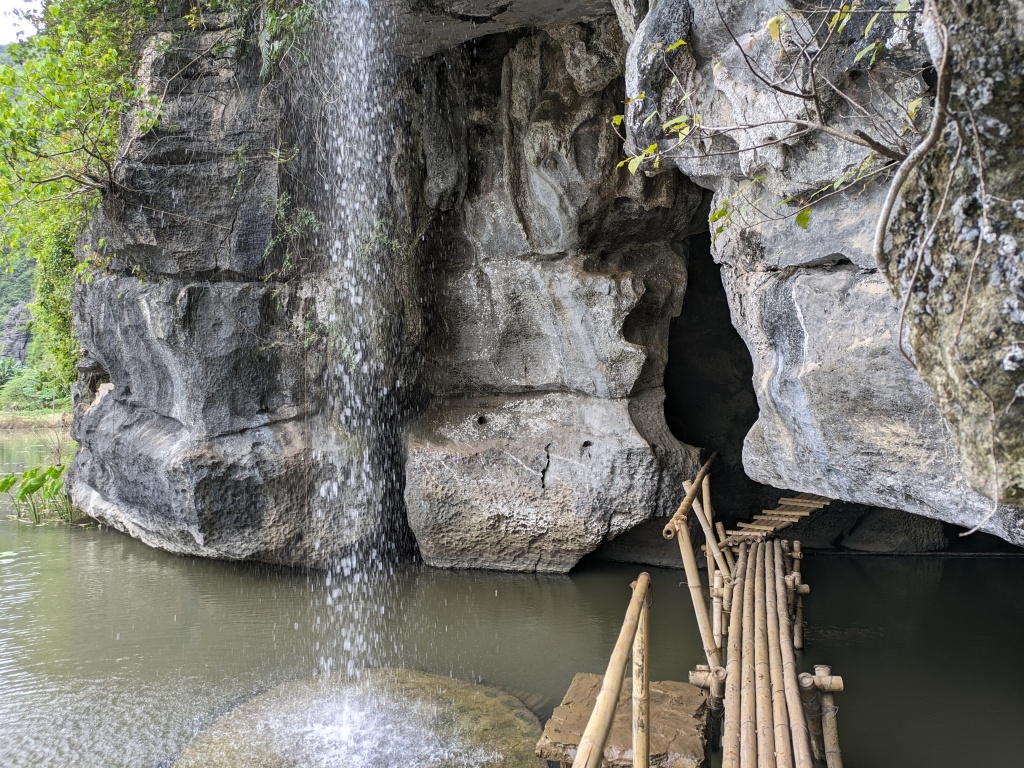
Next, we stopped at Bich Dong Pagoda, an amazing Buddhist temple complex partially built into a mountain. Numerous stairs, complex buildings, and secret cave shrines made it very interesting.
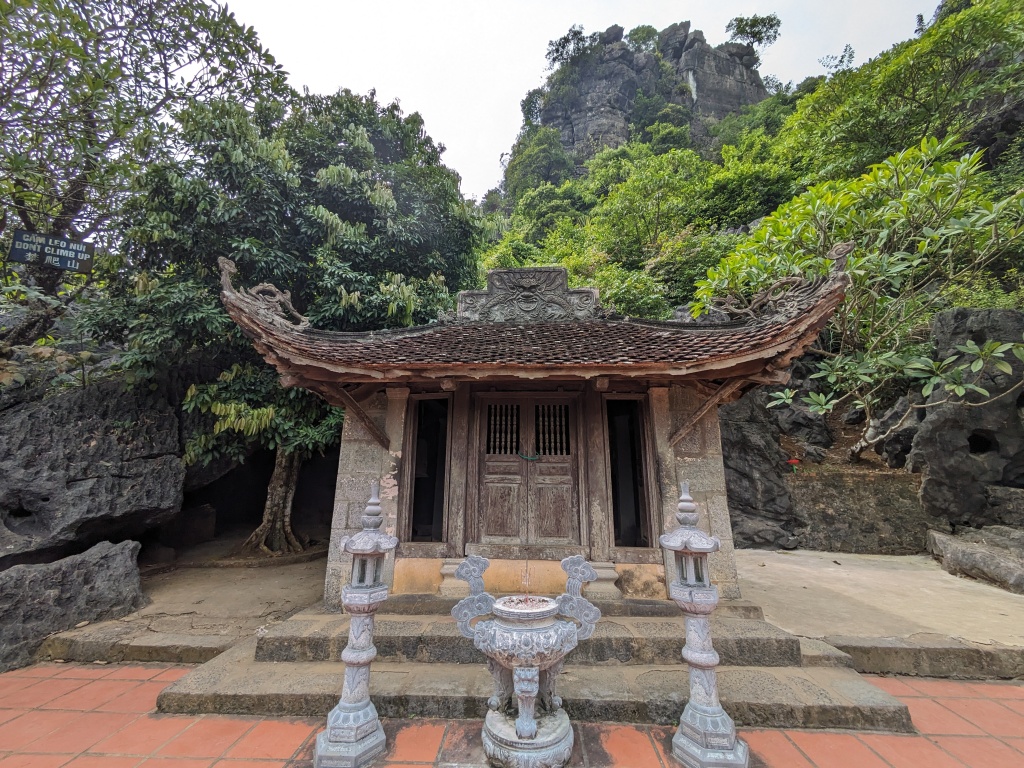
Our final stop of the day included a long bike ride down country roads to reach the Thung Nham Bird Garden. Once inside, a long loop trails takes you through numerous park attractions, including a boat ride through a long cave, an island absolutely packed with birds (we think they were storks), an orchard with tropical fruit for the picking (we managed to leap high enough to snatch one massive pomelo from a tree, and made a mess of eating it on the trail), and numerous ponds, flowers, and lookouts.
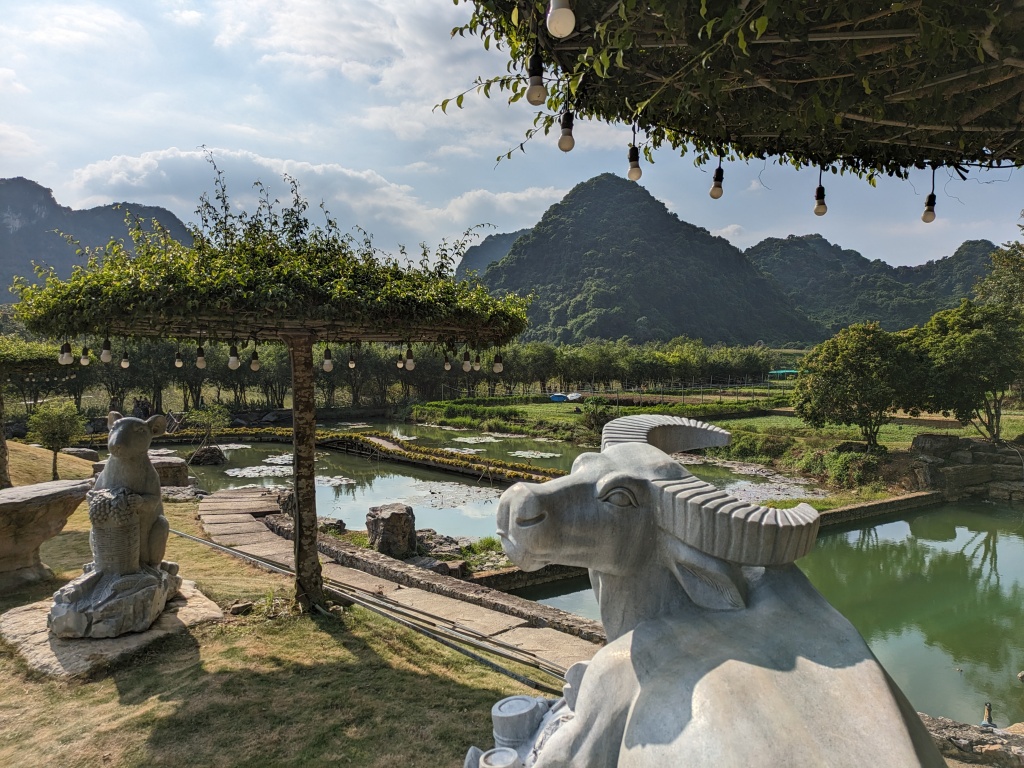
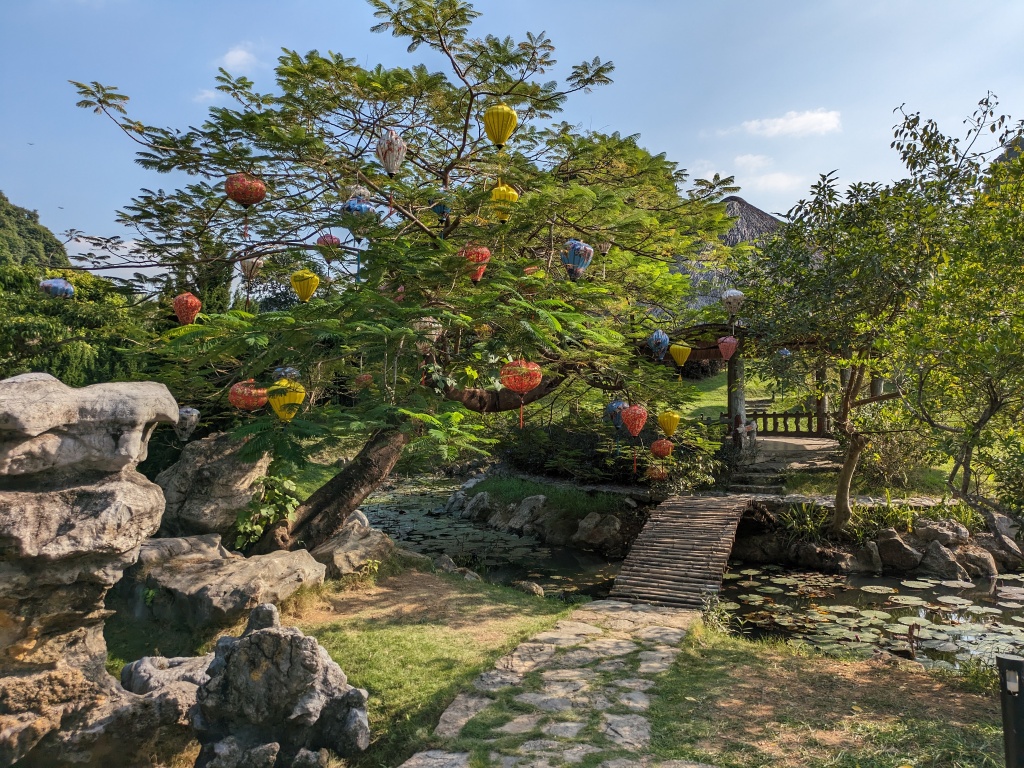
The next day, we opted to continue exploring with a motorbike tour, which ended up being my favourite tour of Vietnam. With a friendly and knowledgeable local guide all to ourselves, we learned so much about the country, and didn’t have to worry about driving directions once! Our first stop was the ancient capital of Hoa Lu. To reach it, we had an exciting motorbike ride through quiet back roads – what made it exciting was that the streets were filled with rice that had been set out to dry in the sun, meaning that only a single, narrow lane – just big enough for a single motorbike – was left on every street. The sharp, precision turns definitely put our motorbike skills to the test.
At Hoa Lu, we learned about an ancient Vietnamese kingdom and about the three ruling dynasties (Dinh, Le, and Ly) during the 10th and 11th centuries. We loved the dramatic stories of intrigue amongst the rulers and their families, including tales of patricide, womanizing, and poisoned chop sticks. Great Game of Thrones material. I also loved the architecture and symbolism of nearly everything at these sites. Buildings abound with carvings of dragons, turtles, phoenix, and unicorns – all significant animals to the Vietnamese – and we learned that even simple things, such as high steps to enter royal or holy buildings (forcing you to bow a little as you step over), or the placement of ponds to mimic the yin/yang, had carefully thought out meanings.
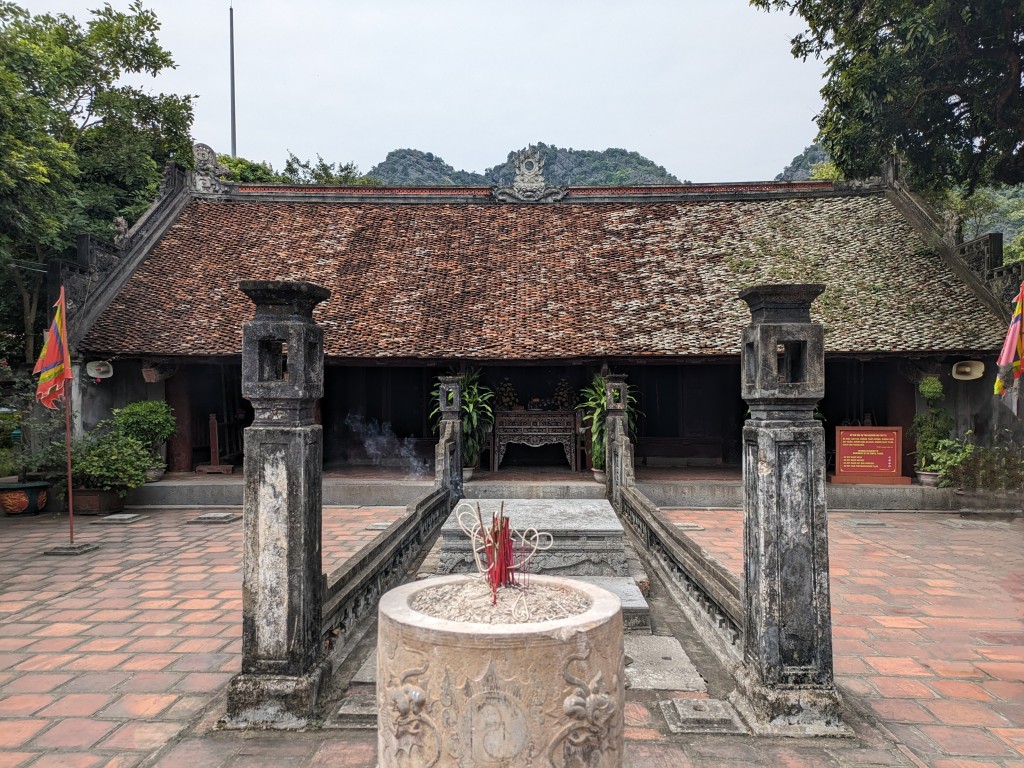
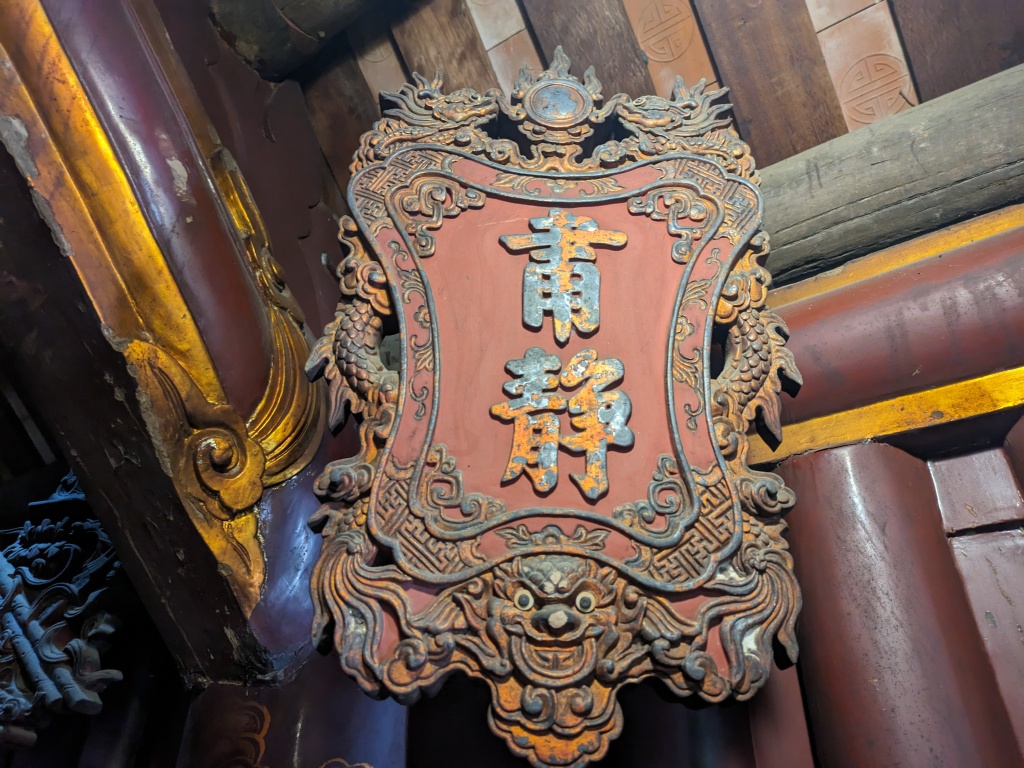
Our next stop on the motorbike tour was a long boat ride at Trang An, a river system containing hundreds of limestone karsts providing the resemblance to Ha Long Bay. We learned that this whole area used to be underwater, which is likely what gave rise to the rock towers and generated the fertile farmland of the region. While the boat ride itself was a bit hot and long (nearly 2 hours, passing through many caves and temples), and the area was absolutely packed with tourists, Trang An is a must-see stop in this area.
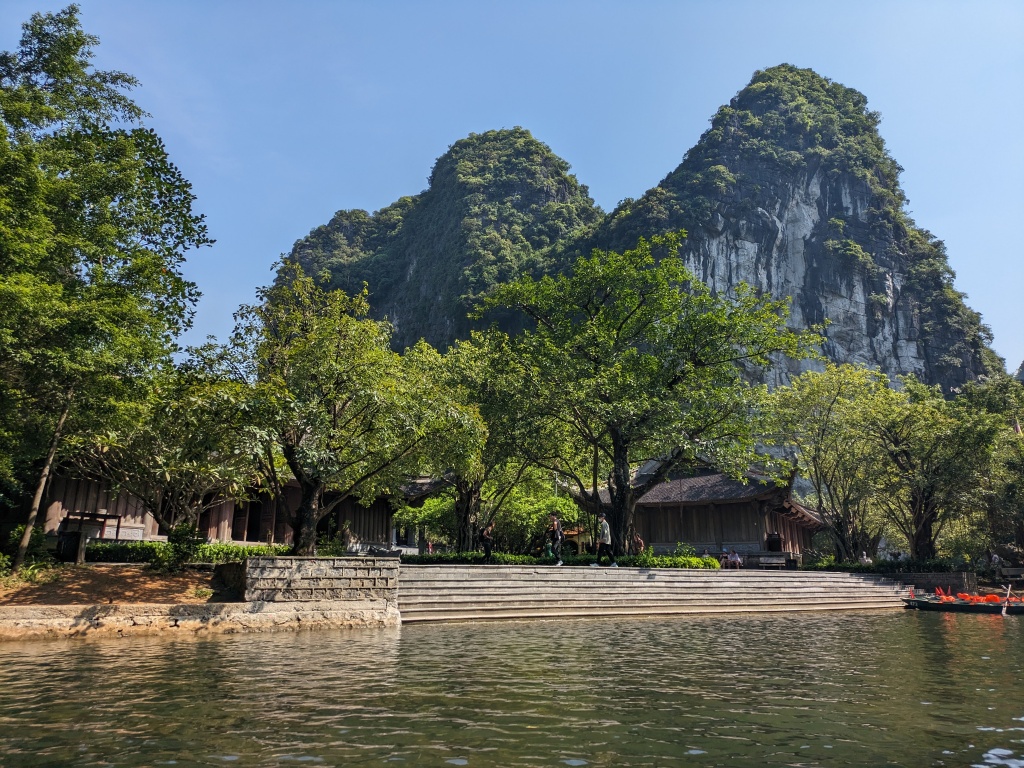
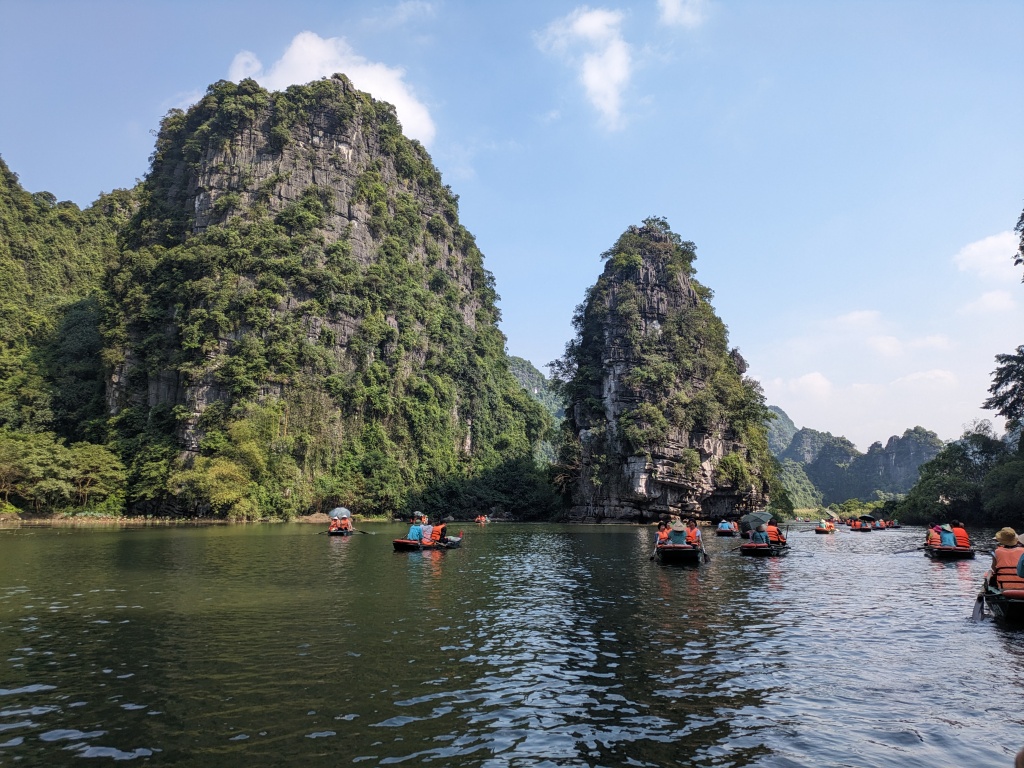
Our last stop of the day was a short hike up Mua hill, and a stroll through the adjacent lotus fields. Mua Hill is a famous viewpoint, including about 500 stairs to a peak crowned with a massive dragon statue. A secondary lower peak provides another great viewpoint. Chris, not having crushed anything in a while, happily ran up the stairs past hundreds and hundreds of wheezing tourists. Letting our poor guide know we’d meet her at the top, I followed after. It was nice to remind ourselves we’re still in great shape.
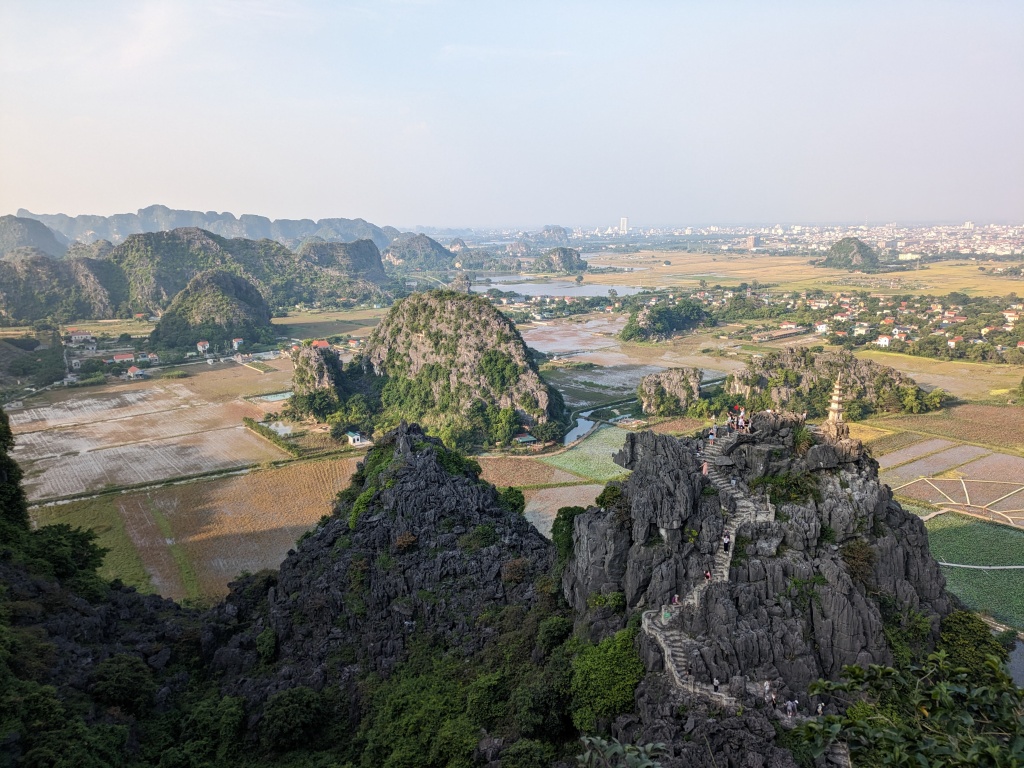
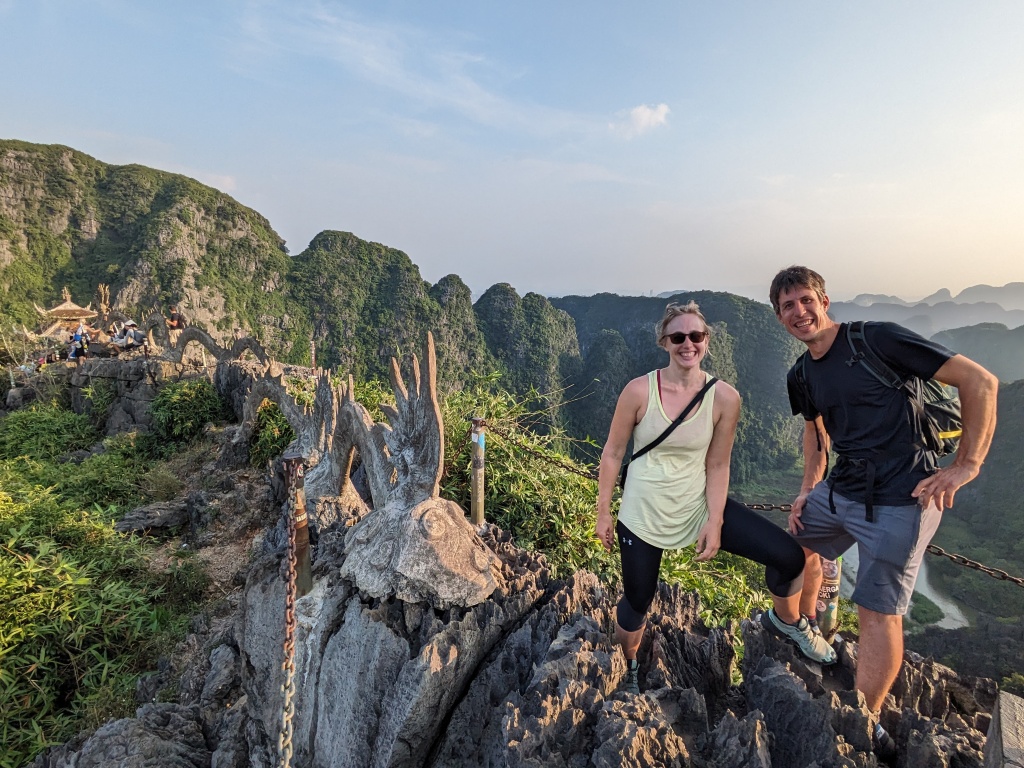
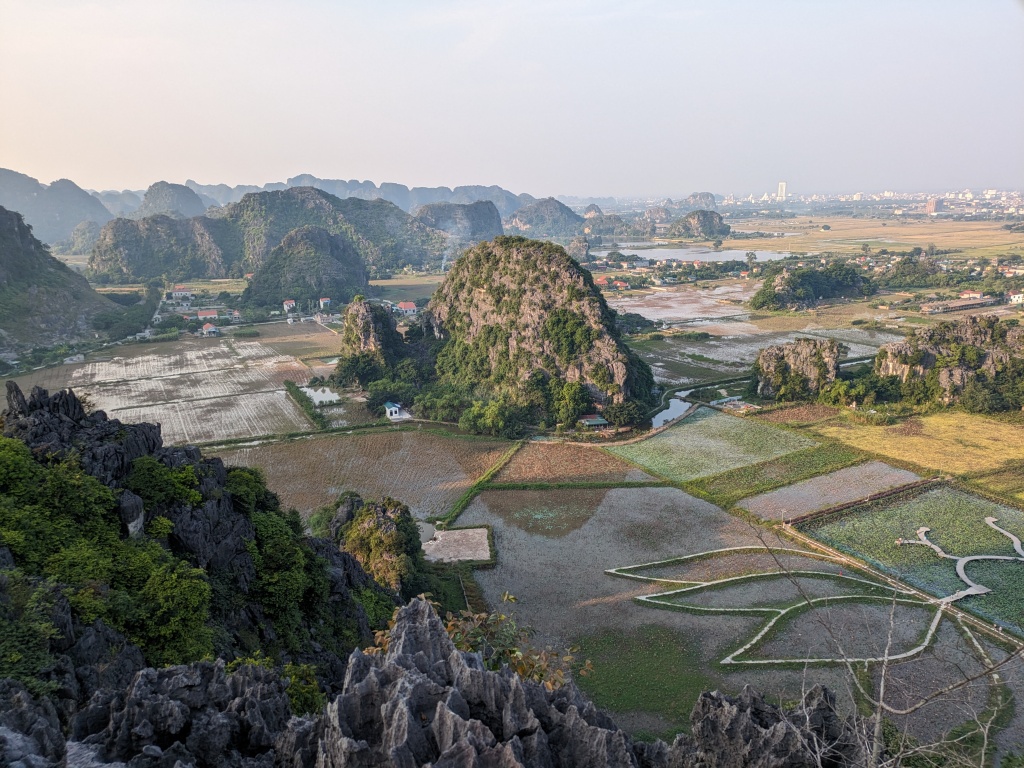
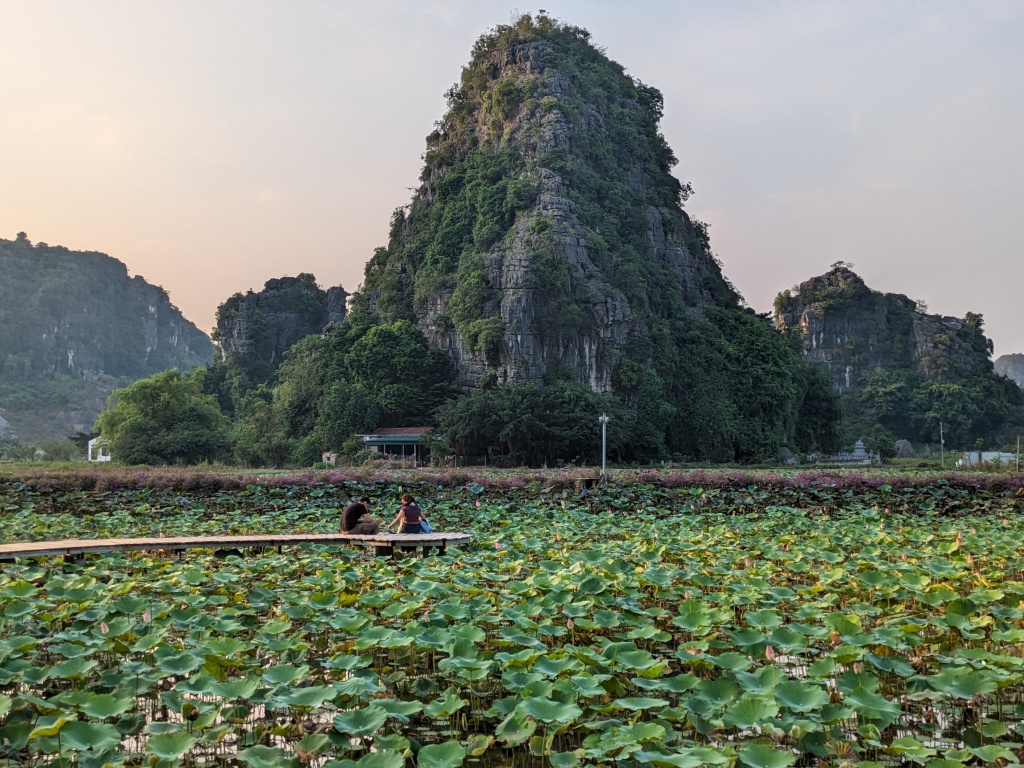
We left Tam Coc the next day via night bus, as the ride was about 8 hours. This was our first experience on the infamous night buses, and I hated every minute of it. As someone who usually can’t sleep anywhere but a flat, stationary bed, the aggressive driving and non-stop honking of the bus driver kept me awake the entire night. Arriving in Phong Nha at 4am, we crawled gratefully into our hostel bed to carve out a few more hours of rest.
The town of Phong Nha is famous as a jumping-off place for adventure tourism, specifically caving. While home to the world’s largest cave, Son Doong cave, this was not in the cards for us, as a tour will set you back about $3000 USD and requires advance booking of about one year (this is the Everest of caving basically). Our timing was a little off, as at least one of the other famous caves in the area was closed due to flooding, but we did get a chance to visit Paradise Cave. We rented motorbikes and took a lovely ride along quiet roads to the park.
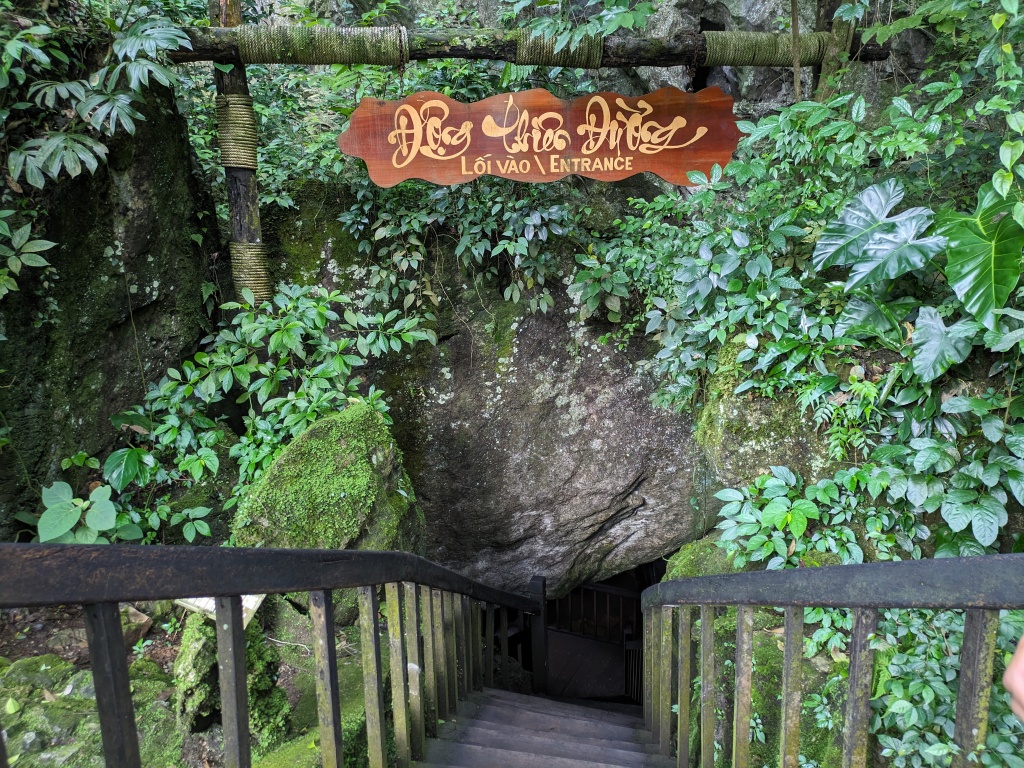
To reach Paradise Cave, there’s a lot of walking: a 1 km walk from the parking lot, followed by a climb up a big hill. Once inside, a massive staircase leads steeply down, and then about 1 km of boardwalks leads you along an otherworldly trek. The cave is lit up, so no headlamps are needed. The cave goes on much longer – with a booked adventure tour and a kayak, apparently you can venture up to 7 km inside, but the cave is significantly longer than that: 31 km in fact! It’s Asia’s longest cave.
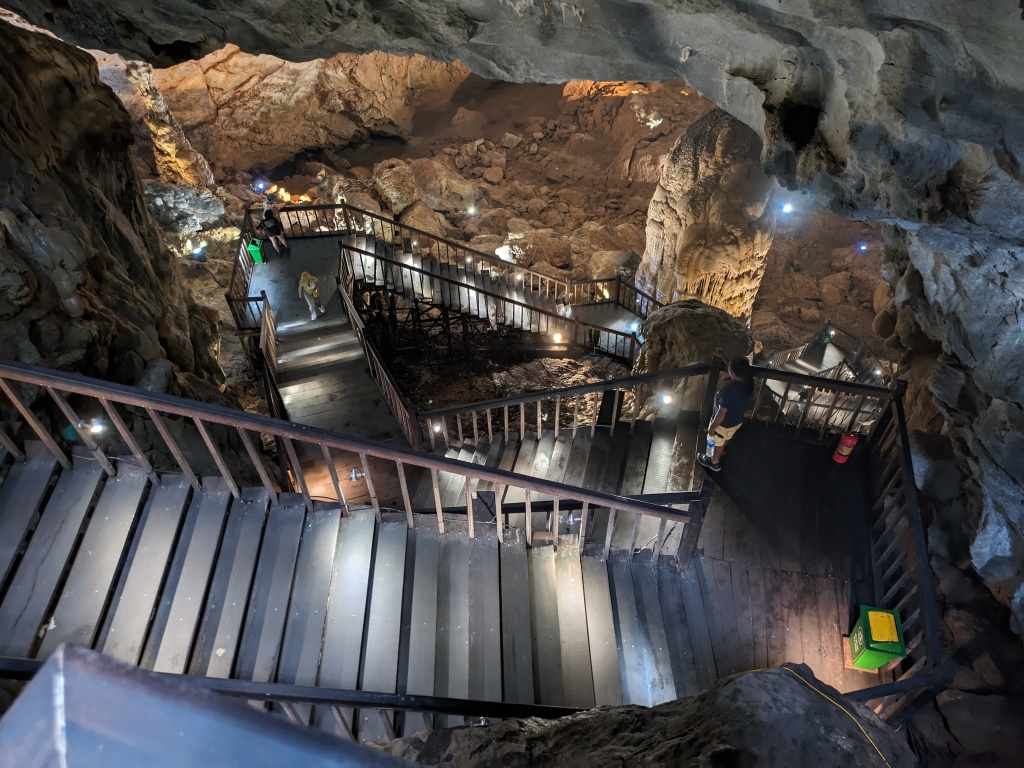
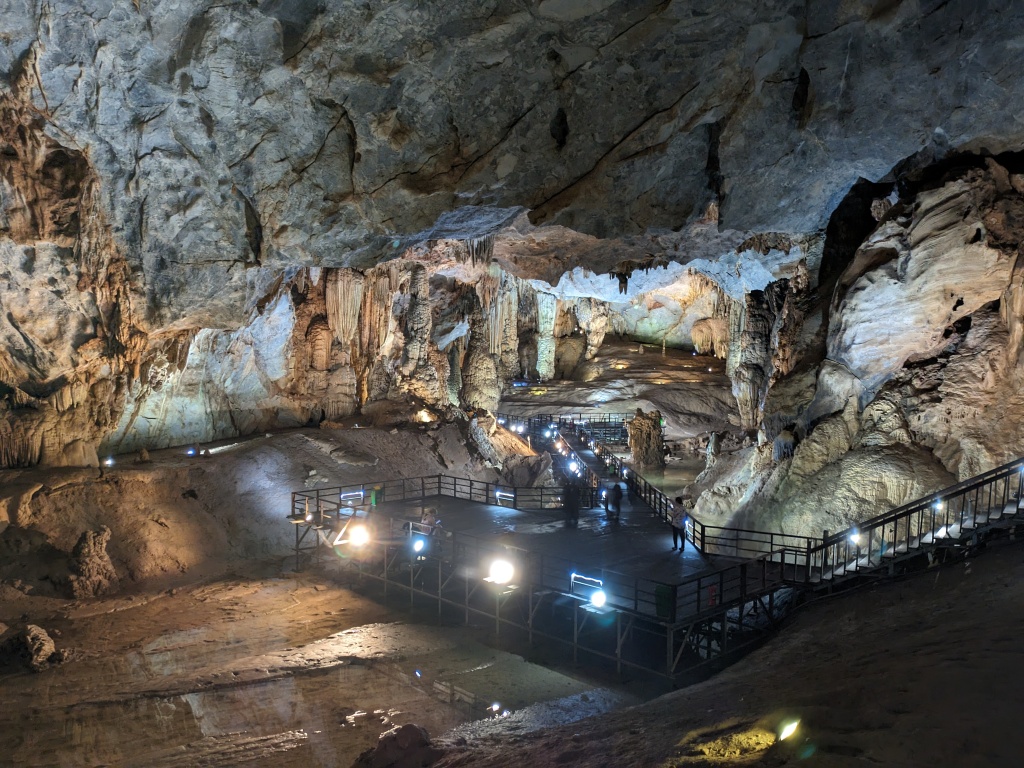
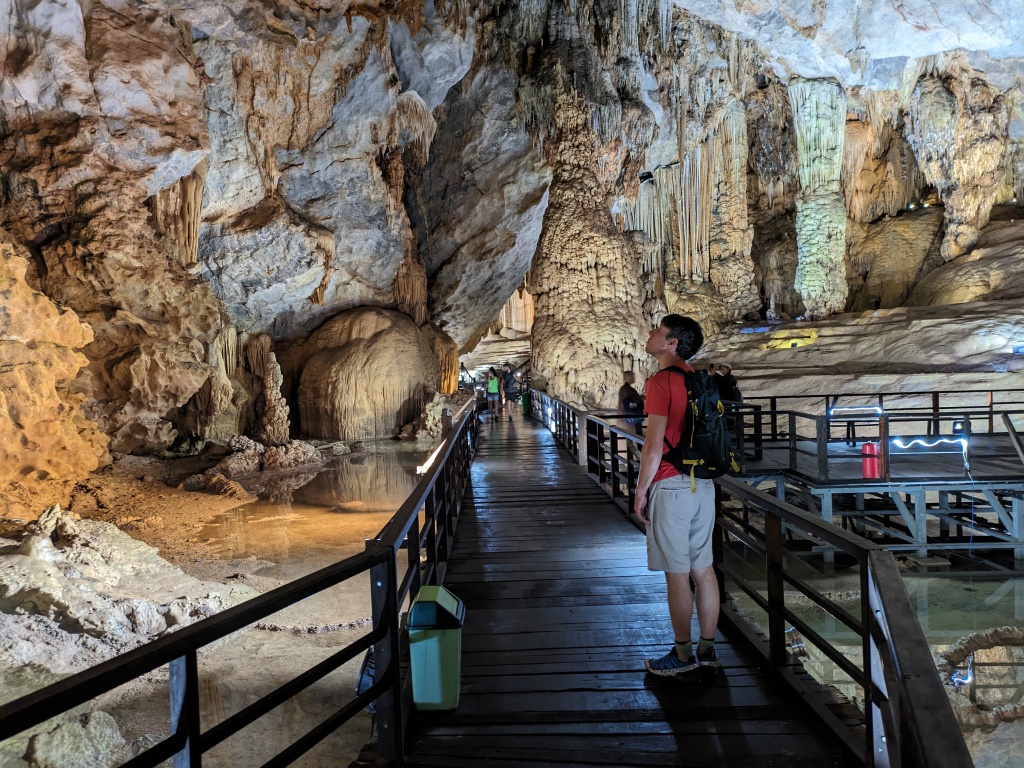
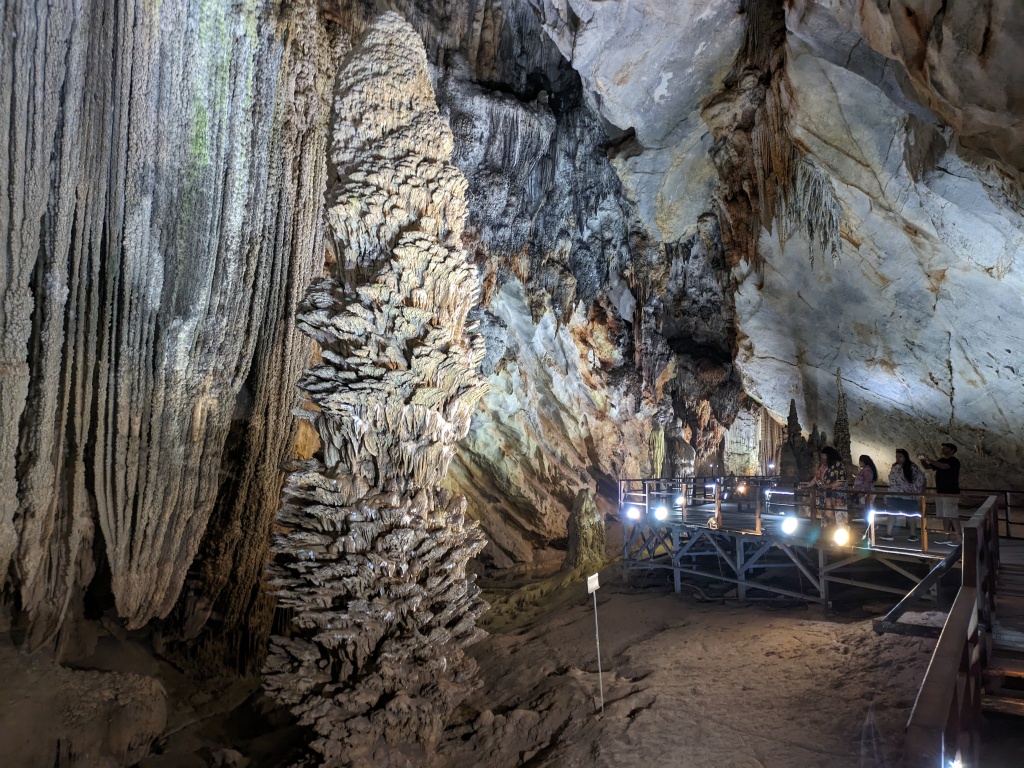
Our last activity in Phong Nha was the “Duck Stop”. What is the Duck Stop, you might ask? We had no idea either! We just knew it was a thing people frequently did in the area, and that it came highly recommended.
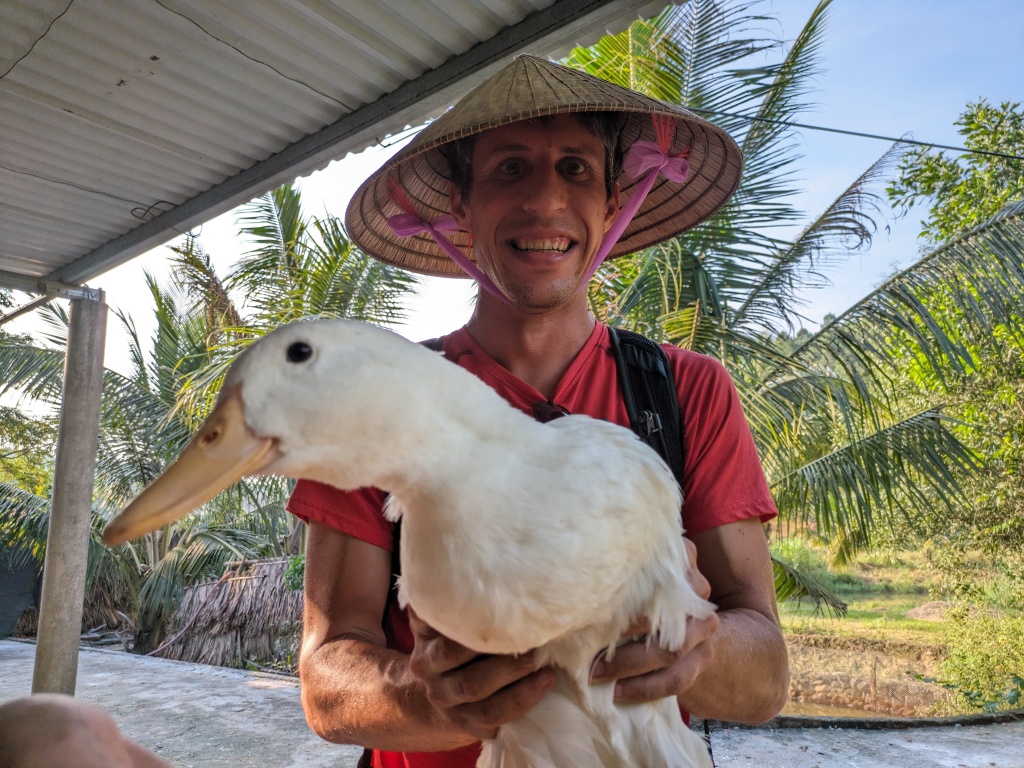
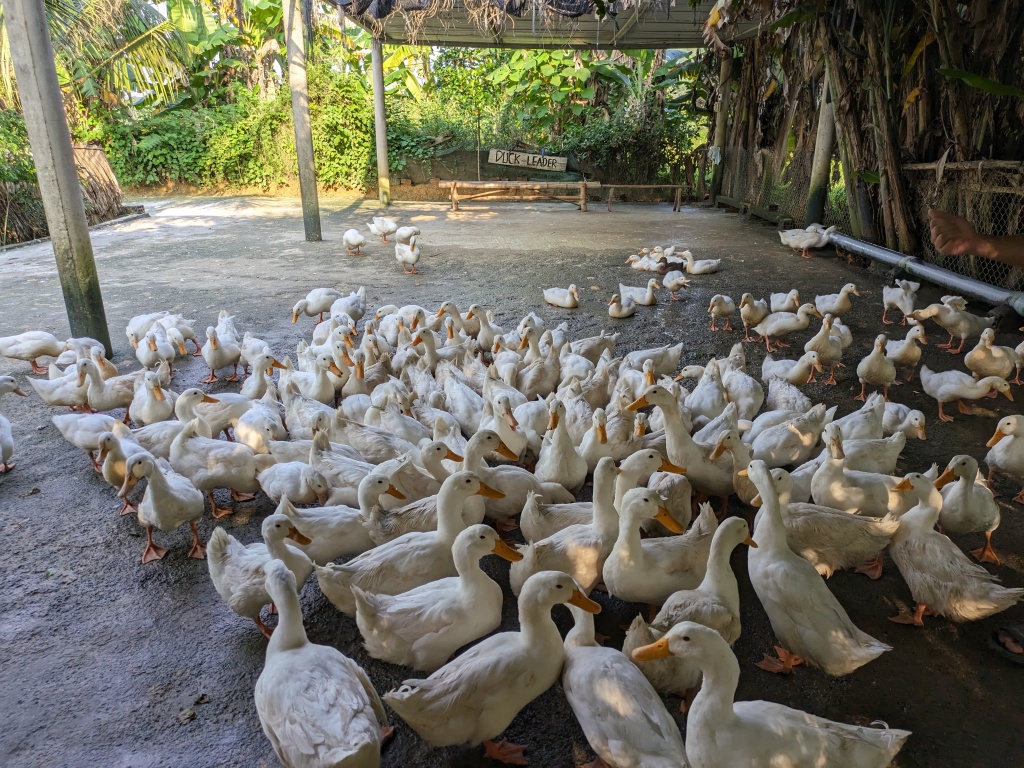
Turns out the Duck Stop is a little family farm with many ducks. You put on some farm shoes, are given a traditional Vietnamese hat to wear, and then a man takes you to the ducks and shows you how to feed them. They’ll gobble food happily from anywhere – your hands, your feet, between your legs – and they’ll follow you around to get more! It was charming and sort of hilarious. The duck call we were asked to make (“quuuaaa quuuaaa!”) is a continuous source of amusement to us. The ducks were charming, and a traditional Vietnamese pancake meal is included in the price, so it’s a pretty high-value stop.
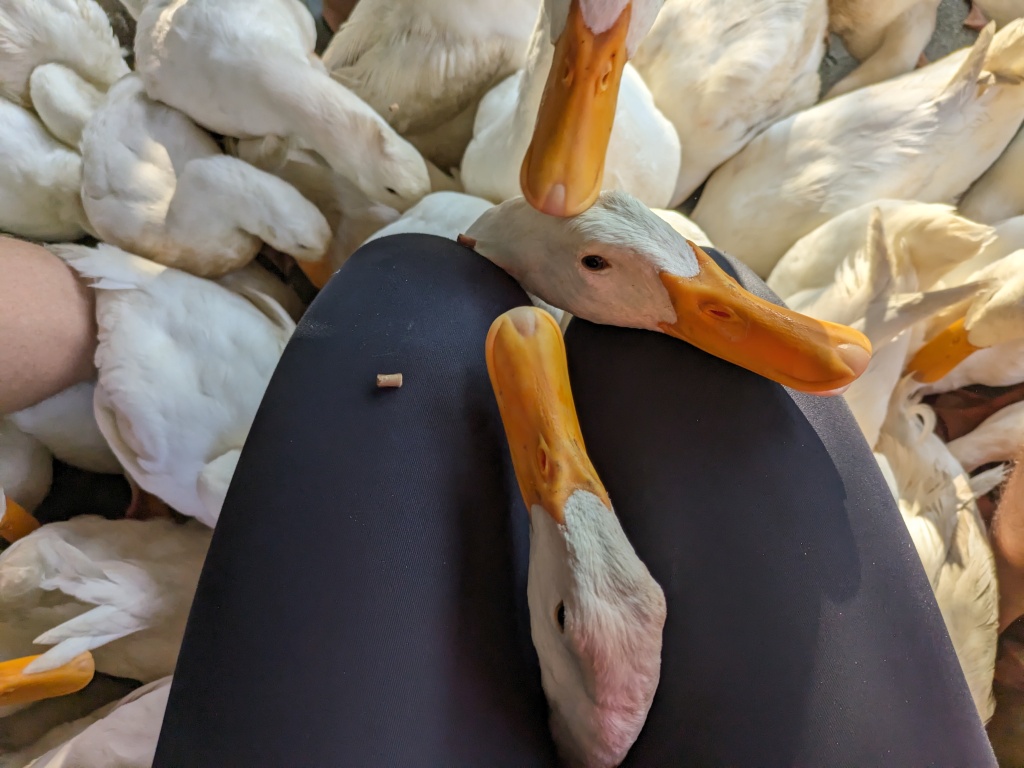
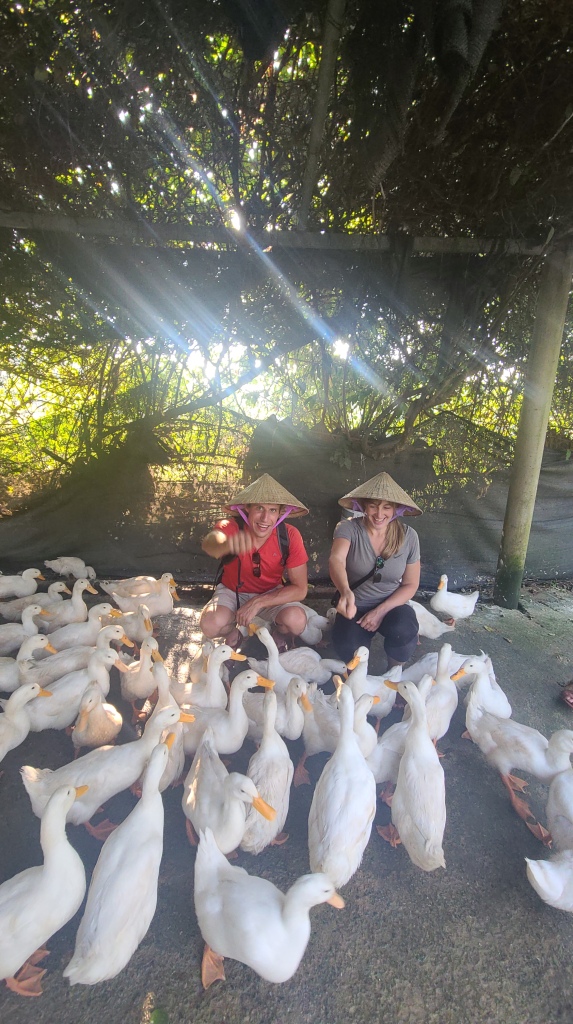
With our time in Northern Vietnam at an end, Chris and I booked another night bus (although this one during the day) to our next stop, Hoi An, in central Vietnam.
